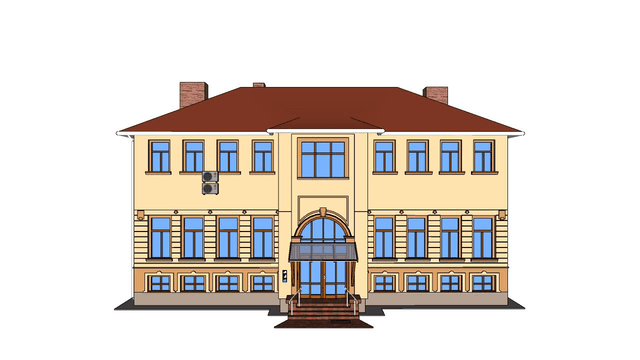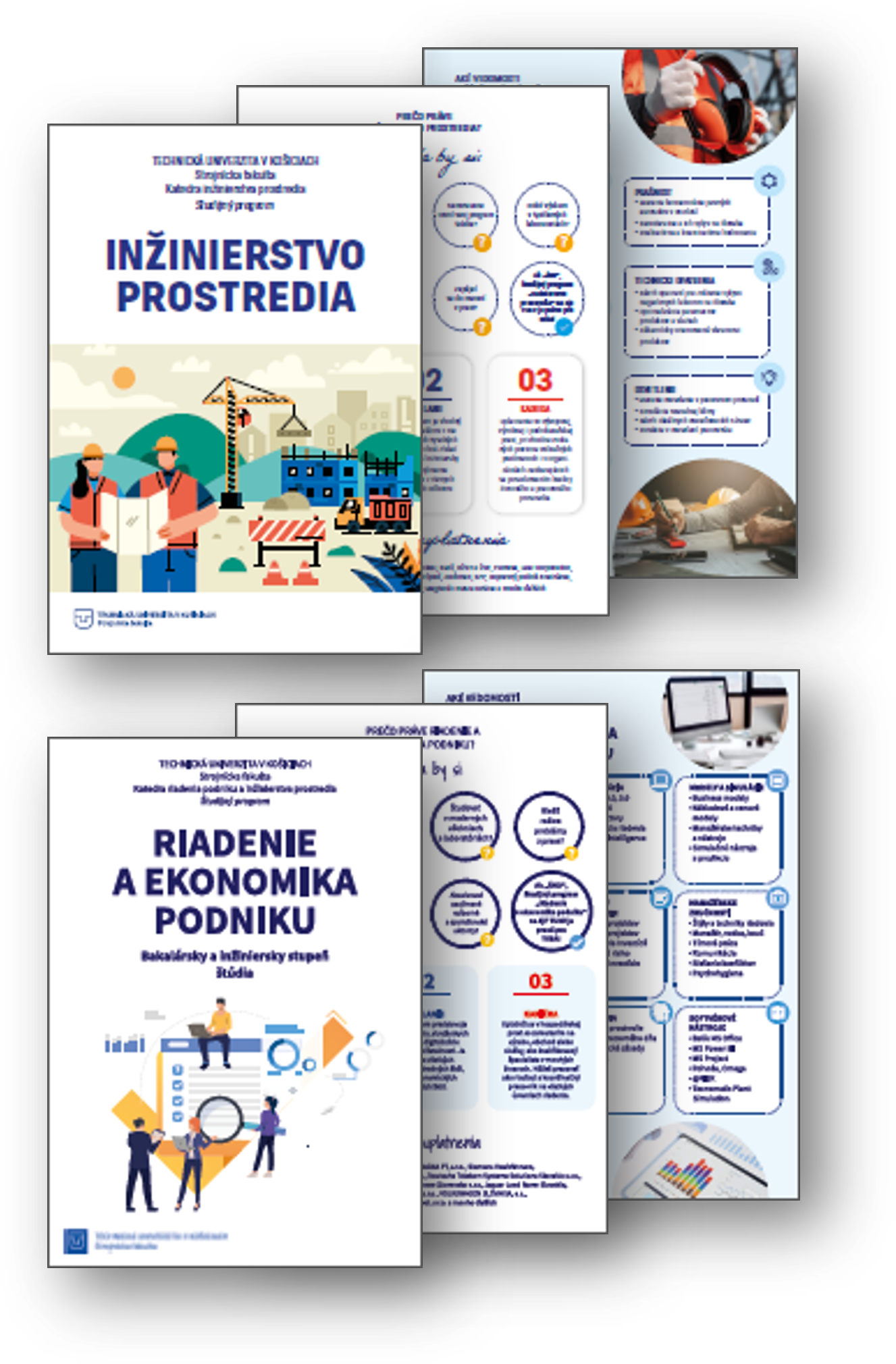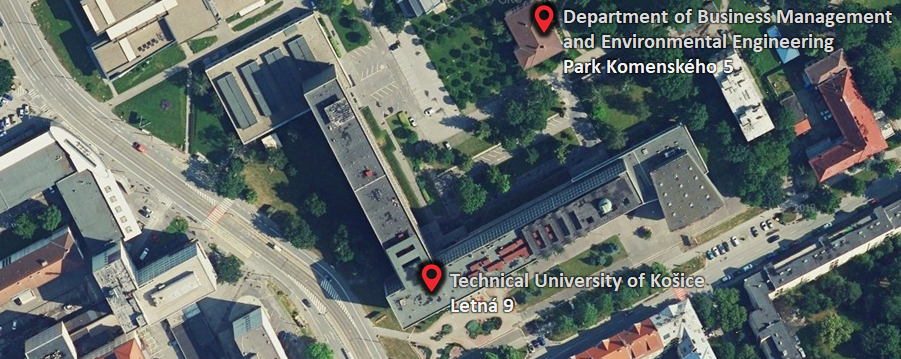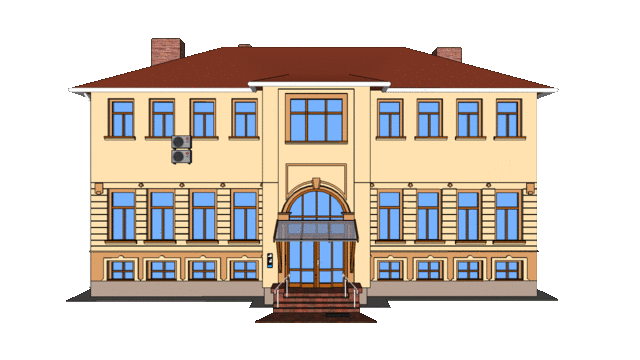Responsible person: doc. Ing. Lýdia Sobotová, PhD.
Location: P. Komenského 5, building PK5, basement, room S02
The laboratory conducts research and development of methodology for the collection, treatment, preparation and processing of samples of environmental components and basic chemical analyses. The laboratory was built to inform students about the location and role of experimental methods in solving complex tasks and technical problems of engineering practice by experimental verification of environmental requirements. This relates in particular to experiments for advanced chemical analyses, quantitative and qualitative analyses, spectrometric and spectrophotometric analyses and the development of the methodology of objectification of chemical agents of environment, analysis of their impact on humans in the working and environment, and research on non-standard methods of objectification of elements and compounds in the environment using an emission spectrometer with inductively coupled plasma with the possibility of diagnosing negative factors in the environment working environment of engineering plants.
The results obtained by experimental measurements are necessary, for example, to determine the prediction of the amount of heavy metals in soils, in the evaluation of water eutrophication, in the determination of dustiness in working plants and the environment. The main goal of the laboratory is to develop creative activities, technical thinking and help to understand and be aware of the technical context in the students. Develop their ability to choose the right methods and means of environmental analysis as well as their ability to draw relevant conclusions from the experimental analyses carried out leading to the resolution of scientific and technical problems.
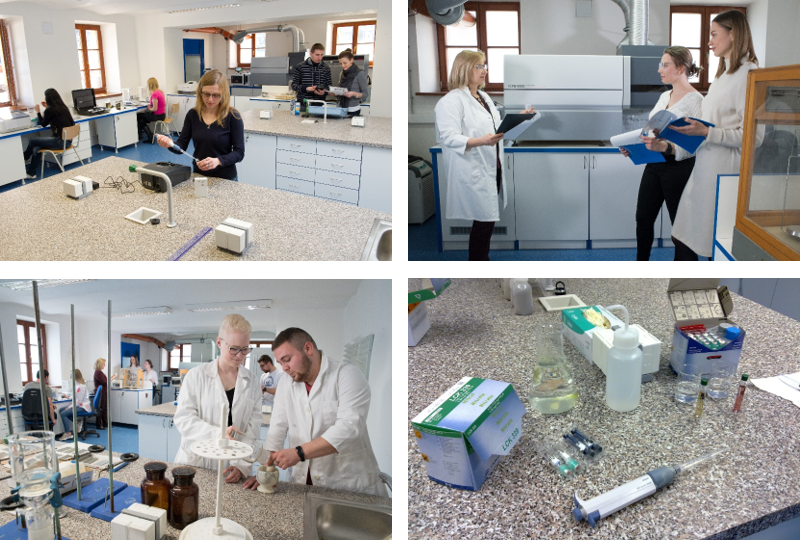
Laboratory focus
The laboratory is focused mainly on chemical and environmental analysis of selected materials and environments. Students can deepen and verify theoretical knowledge of subjects such as Chemistry for mechanical engineers, Environmental engineering, Ecology and Environmental Protection, Measurement and monitoring of environmental factors. They shall also use experimental measurements to verify the results obtained by calculation.
The realization of experimental measurement consists in the design of the analyzed object (creation of drawing documentation, choice of material, ...), preparation of instrumentation, etc. An illustrative example is the determination of water eutrophication, the centrifugation of oils from contaminated technical waters, the determination of heavy metals in soils, the analysis of dust particles. Examples are determined:
• determination of heavy metals (Pb, As, ...) in soils,
• determination of the amount of KTJ bacteria, sieves, pathogenic elements, eutrophication of water,
• determination of water chemistry characteristics,
• measurement of quantitative characteristics of the occurrence of undesirable substances in water,
• measurement of adhesion of organic flotation on collection facilities,
• determination of organic methods of management flotation,
• determination of the humidity of materials,
• determination of impurities by degreasing by ultrasonic cleaning,
• determination of the amount, shape and size of dust particles.
Objectives of the laboratory
• Gain knowledge of laboratory procedures and operations in chemical analysis of elements and compounds.
• Collection, processing of environmental samples (soil, water, sediments, ...) and their qualitative and quantitative analysis.
• Familiarize students with the location and role of experimental methods in solving complex tasks and technical problems of engineering practice in synergy with computational and numerical modelling.
• Deepen the theoretical knowledge and technical skills of students in the design and implementation of the experimental measurement itself.
• Develop their ability to choose the right methods and means of experimental chemical and environmental analysis and the ability to draw relevant conclusions from the experimental analyses carried out, leading to the resolution of scientific and technical problems.
Instrumentation of the laboratory
• SHIMADZU ICPE-9000 – universal emission spectrometer.
• Memmert UFP 500 – laboratory drying room with accessories.
• HACH LANGE DR 2800 – spectrometer.
• ICPE-900 – gas spectrometer.
• MRC-SCEN 207 – centrifuge.
• OHAUS AP 250DE/1126411416 – analytical balance.
• METTLER TOLEDO ML204 – analytical balance.
• MICRODUST – a device for measuring dustiness in the air.
• UHP-20H – SKC Inc. – personal sampling pump.
• OLYMPUS BX51 – fluorescent microscope.
• AC.01544-VOLT CRAFT pH – digital pH measuring device.
• VARIAN 3400 – gas chromatograph.
• TOS-4030T – laboratory horizontal shaker.
• PS 04000A - NOTUS-POWERSONIC – ultrasonic heating purifier.
Laboratory software equipment
• DataTrac software
• CalCheck communicator




















